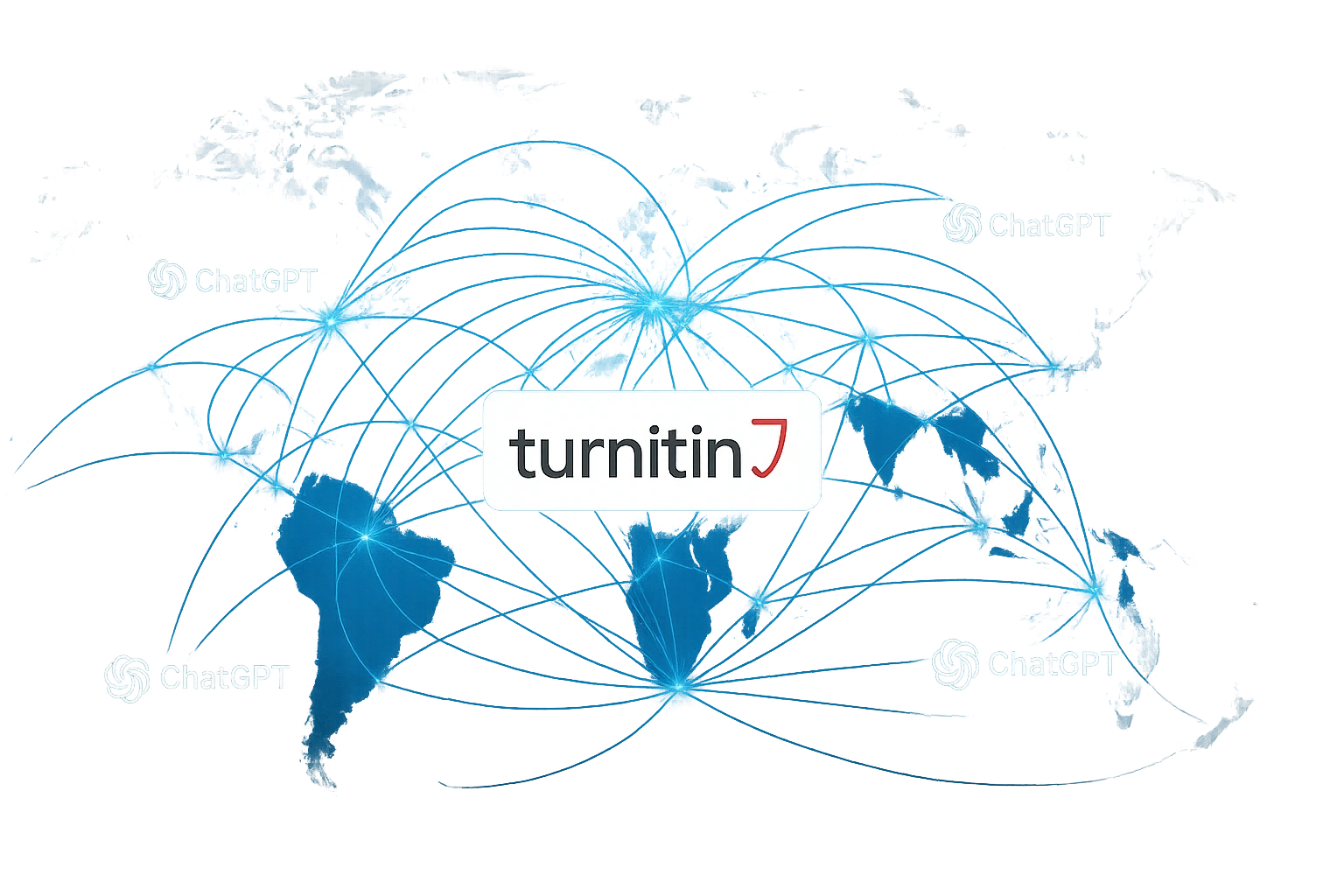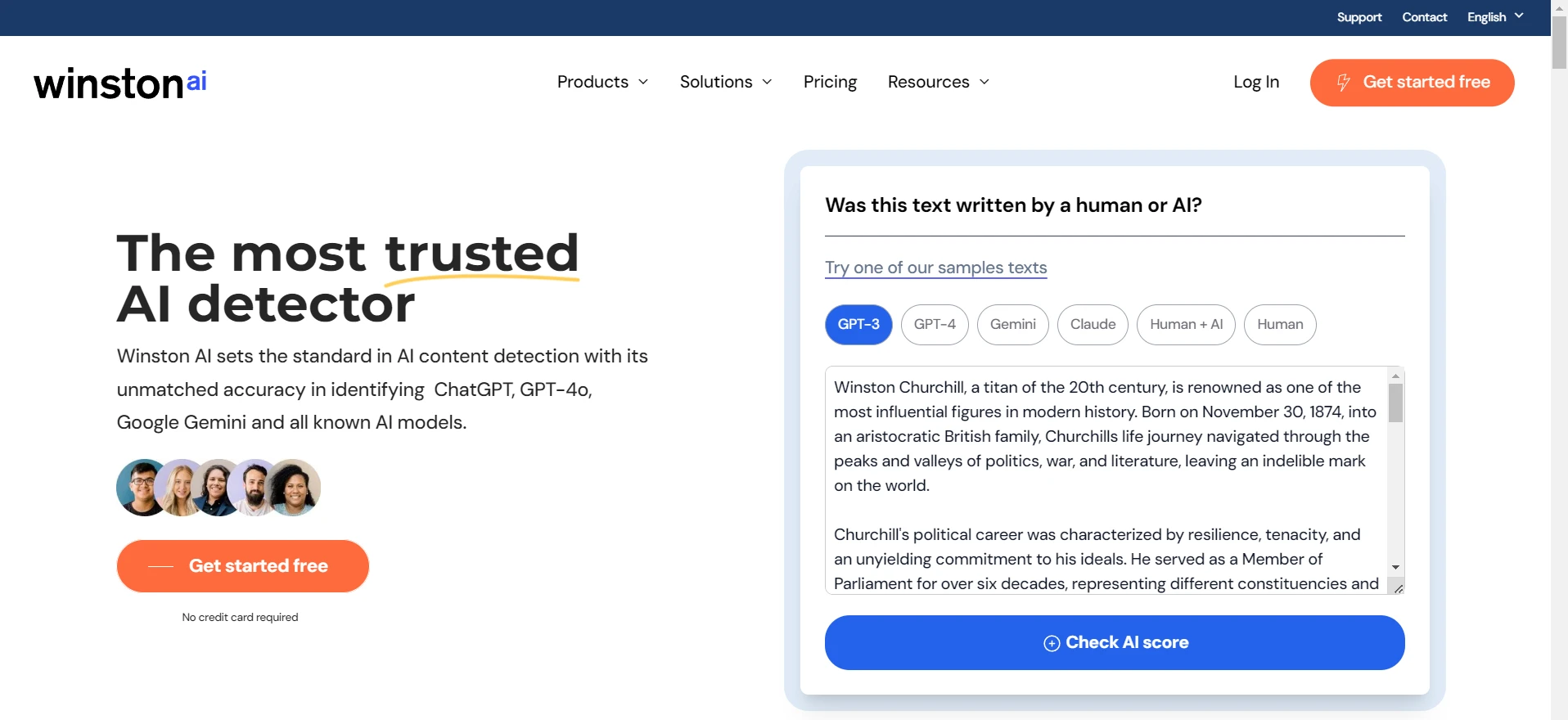As we all know it ChatGPT is quite the sensation these days. However, can Turnitin actually detect ChatGPT if you write your entire essay in, say, Spanish or French or some other foreign language? The short answer is YES. The longer answer is the devil lies in the details. Keep reading to know more about it.
My Personal Experience with ChatGPT in Spanish
I tried out ChatGPT in Spanish for one of my assignments. I copy-pasted it directly into my essay without any changes whatsoever. When I ran it through Turnitin, it gave me a somewhat insane percentage of AI usage on the English version (when I translated it back just for a test). But oddly enough, when I submitted the raw Spanish output, the AI indicator on Turnitin was not as high. This leads me to believe that while Turnitin can detect ChatGPT in another language, it isn’t always as consistent as it is for English text.
Why is Turnitin able to Spot ChatGPT in Another Language?
Just like many LLMs or AI models, ChatGPT is not made to bypass AI detectors. It’s made to generate fluent text, be it Spanish, French, or German. That means it sometimes slips into patterns that Turnitin can pick up on. Turnitin’s AI detection probably uses advanced machine learning and stylometric analyses. But still, it is mostly trained on English text, so it’s a bit less accurate in non-English texts. That said, it is definitely not zero. If your text is too perfect or follows a very robotic structure, Turnitin might flag it.
Does That Mean You Can Easily Evade Turnitin by Using Another Language?
Not exactly. The moment you try to be sneaky - like translating your English ChatGPT text into Spanish or French, Turnitin’s system has those fancy translation matching features. It is quite possible it will detect that your text was originally in English. So, it’s not a guaranteed method to fool Turnitin. Also, if your professor or institution is suspicious about the style or structure of your writing, they might run it through Turnitin’s translator or any other tool to confirm.
How Turnitin Works (Short Summary)
| Component | Description |
|---|---|
| Similarity Check | Compares text with large database, identifies matches or paraphrasing |
| AI Detection | Uses stylometric analysis to detect text with low burstiness |
| Translation Matching | Detects translated content by comparing the source with the target language |
| Context Analysis | Evaluates whether the text aligns with typical human logic |
Why Do People Think Using Another Language Will Let Them Get Away?
It’s sort of the same reason people think that using Quillbot or Wordtune in a different language might slip by. A lot of rewriting or generating tools are not specifically designed to bypass advanced AI detectors. Their code is optimized for clarity and correctness, not for random mistakes. Turnitin expects that real human writing has a certain “texture” to it - like minor grammar issues or varying style. AI text is often too neat and consistent, which the detector picks up pretty easily.
Frequently Asked Questions
Q1. Is using ChatGPT in another language plagiarism?
No, the mere act of using ChatGPT is not automatically plagiarism. But it can still trigger Turnitin’s AI detection if your text reads too much like ChatGPT. And if the source idea is not yours and you don’t cite it, that’s plagiarism regardless of language.
Q2. Does Turnitin detect Spanish ChatGPT text accurately?
Yes, but not as consistently as it does for English. My personal results show that Turnitin sometimes flags it, sometimes doesn’t. It’s way less predictable, that’s for sure.
Q3. Can I rewrite ChatGPT’s text to fool Turnitin?
You can try, but if your rewriting method doesn’t specifically target AI detection avoidance, there’s a high chance you’ll get flagged. Tools like Deceptioner or Stealthwriter might help but nothing is 100%.
Q4. Will manual paraphrasing help?
It might, especially if you’re fluent in the language you’re using. But if you keep the same structure or use the same style that ChatGPT uses, you might get caught eventually. Always revise thoroughly.
The Bottom Line
Yes, Turnitin can detect ChatGPT in another language, but it’s not as consistent as it is for English. If you’re trying to skirt around AI detection by writing or translating your ChatGPT text into Spanish, French, German, or any other language, you might or might not slip by. So, it’s basically a roll of the dice. If you genuinely need to write in another language, just make sure you do your own work and revise carefully so that Turnitin doesn’t pick up on AI signals.


![[STUDY] Can Phrasly AI Humanizer Bypass ZeroGPT?](/static/images/can-phrasly-ai-humanizer-bypass-zerogptpng.webp)
![[STUDY] Can Phrasly AI Bypass Turnitin?](/static/images/can-phrasly-ai-bypass-turnitinpng.webp)
![[HOT TAKE] Is Winston AI or GPTZero more accurate?](/static/images/is-winston-ai-or-gptzero-more-accuratepng.webp)
![[NO NONSENSE ANSWER] Is Turndetect Permanently Down?](/static/images/is-turndetect-downpng.webp)





